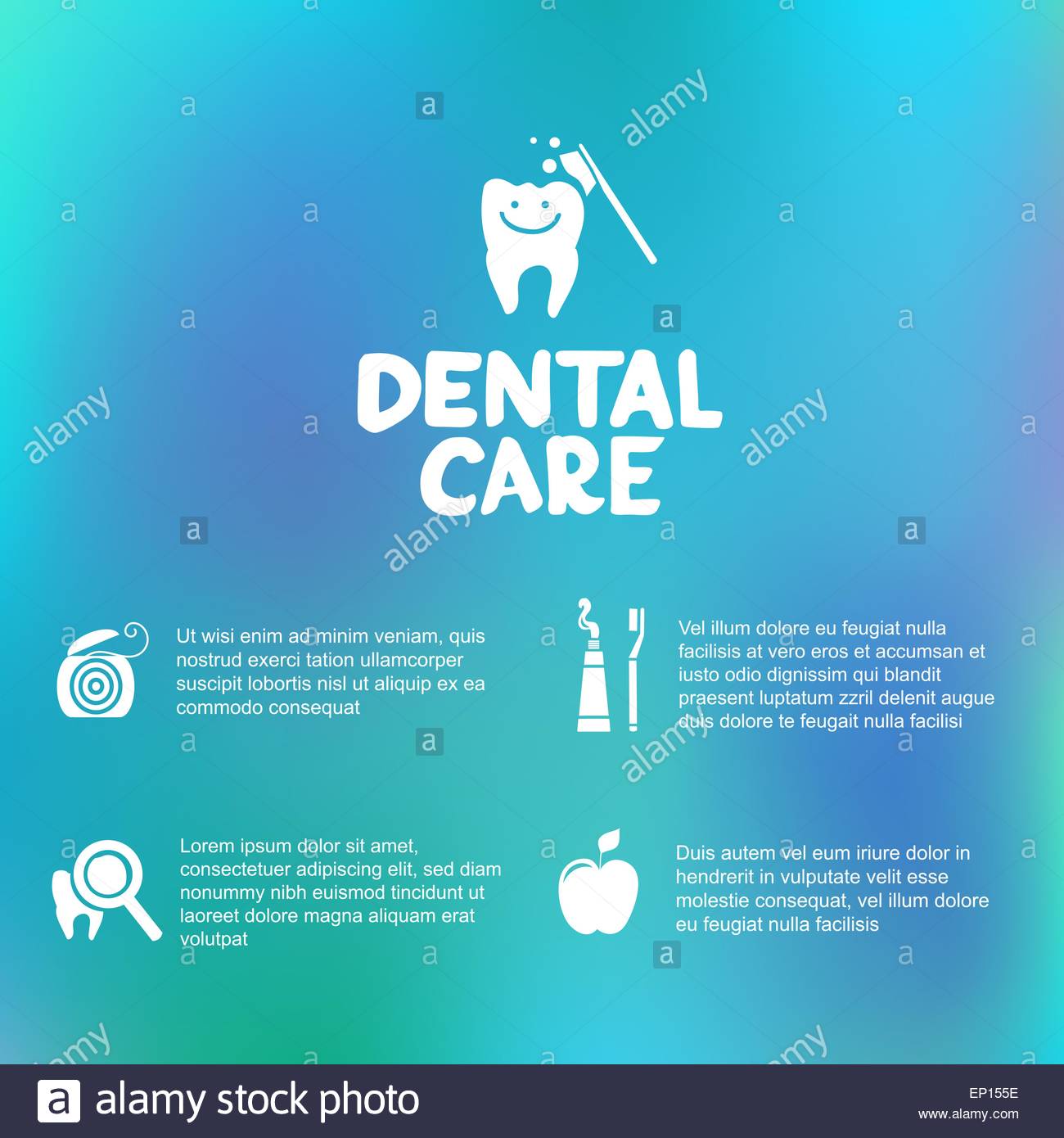The Progression Of Oral Surgery: Cutting-Edge Innovations And Advancements Influencing The Field
The Progression Of Oral Surgery: Cutting-Edge Innovations And Advancements Influencing The Field
Blog Article
Post Composed By-Borg Mccall
Welcome to the world of dental surgery, where innovations and breakthroughs are forming the future of the area! In this amazing realm, you'll witness the transformative power of robotics, the sophisticated marvel of 3D printing, and the game-changing impact of minimally invasive techniques.
The future of oral surgery holds an assurance of precision, performance, and improved patient outcomes. With the help of advanced robotics, surgeons have the ability to perform intricate treatments with greater accuracy and control.
3D printing technology is changing the development of dental implants and prosthetics, using personalized services that fit flawlessly into each person's special makeup.
In addition, minimally intrusive strategies are minimizing post-operative pain and healing time, permitting patients to return to their day-to-days live quicker.
Prepare yourself to check out the interesting technologies and advancements that are reshaping the landscape of oral surgery!
Improvements in Robotics
One major improvement in dental surgery is the use of robot modern technology, which allows for exact and effective operations. With the help of robot systems, oral surgeons have the capacity to do complex surgical procedures with improved precision, lessening the danger of human mistake.
These robot systems are geared up with advanced imaging innovation and exact instruments that make it possible for specialists to navigate with intricate anatomical structures easily. By utilizing robot modern technology, doctors can attain better surgical precision, resulting in boosted patient end results and faster healing times.
Furthermore, using robotics in oral surgery allows for minimally intrusive procedures, lowering the trauma to bordering tissues and advertising faster recovery.
3D Printing in Dental Surgery
To boost the area of oral surgery, you can discover the subtopic of 3D printing in dental surgery. This ingenious modern technology has the prospective to change the method oral surgeons operate and treat clients. Here are family dentist for kids in which 3D printing is shaping the area:
- ** Personalized Surgical Guides **: 3D printing allows for the production of very precise and patient-specific medical guides, enhancing the accuracy and efficiency of procedures.
- ** Implant Prosthetics **: With 3D printing, dental specialists can create personalized implant prosthetics that flawlessly fit a patient's distinct composition, resulting in much better results and client complete satisfaction.
- ** Bone Grafting **: 3D printing makes it possible for the manufacturing of patient-specific bone grafts, reducing the requirement for traditional implanting methods and boosting healing and recovery time.
- ** Education and learning and Educating **: 3D printing can be used to create realistic surgical models for instructional objectives, permitting dental specialists to practice complicated procedures prior to doing them on people.
With its possible to boost precision, modification, and training, 3D printing is an amazing advancement in the field of oral surgery.
Minimally Invasive Techniques
To better progress the field of dental surgery, embrace the potential of minimally intrusive techniques that can greatly benefit both doctors and clients alike.
Minimally intrusive techniques are transforming the area by decreasing medical trauma, lessening post-operative pain, and increasing the recovery process. These strategies involve utilizing smaller cuts and specialized instruments to do procedures with precision and effectiveness.
By using sophisticated imaging innovation, such as cone light beam computed tomography (CBCT), specialists can accurately prepare and implement surgical treatments with marginal invasiveness.
In Click In this article , using lasers in dental surgery allows for exact cells cutting and coagulation, resulting in reduced blood loss and reduced recovery time.
With minimally intrusive methods, clients can experience much faster healing, decreased scarring, and enhanced results, making it an essential aspect of the future of dental surgery.
Conclusion
So, as you can see, the future of oral surgery is unbelievably encouraging, with exciting technologies and developments forming the field.
From the improvements in robotics to the use of 3D printing and minimally invasive techniques, dental specialists are changing the method they provide care.
While some might stress over the prospective price related to these advancements, it's important to bear in mind that these innovations eventually enhance patient end results and lower recuperation time, making them well worth the financial investment over time.
